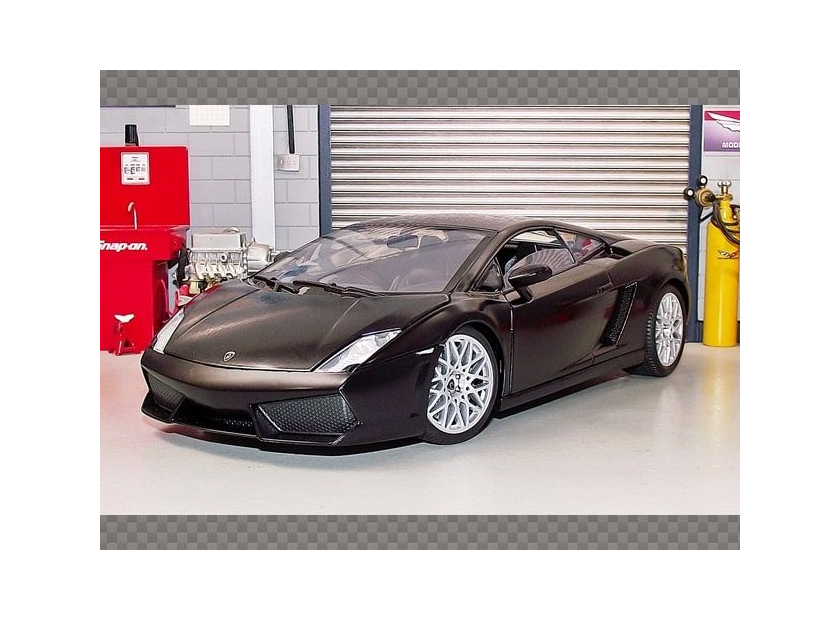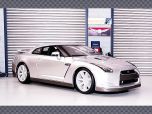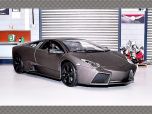What Makes a Diecast Car Valuable?
Introduction
Diecast cars, also known as model cars, have been a popular collectible item for decades. These miniature vehicles, made from die-casting method using metal alloys, are not just toys but also valuable pieces of art and history. But what exactly makes a diecast car valuable? This article will delve into the factors that contribute to the value of a diecast or model car.
1. Rarity and Exclusivity
One of the primary factors that make a diecast car valuable is its rarity. The fewer models produced, the more valuable it becomes. Limited edition releases often carry higher price tags due to their exclusivity. For example, if only 1000 pieces of a particular model were ever produced, owning one of them makes your piece quite special and desirable to other collectors.
Additionally, some models become rare over time due to discontinuation or changes in manufacturing processes. A diecast car that was once common can become rare if it's no longer being produced or if newer versions don't match the quality or design of the original.
2. Condition and Packaging
The condition of a diecast car significantly impacts its value. A valuable model car in mint condition (no scratches, dents, or missing parts) will be worth much more than one with visible signs of wear and tear. Collectors often use terms such as 'mint in box' (MIB) or 'mint on card' (MOC) to describe items that are not just in perfect condition but also still have their original packaging intact.
The packaging itself can add substantial value to the model car. Original boxes or packaging materials often contain unique artwork or historical information about the vehicle, making them highly sought after by collectors.
3. Brand and Manufacturer
The brand and manufacturer also play an essential role in determining a diecast car's value. Renowned brands like Hot Wheels, Matchbox, and Corgi have a reputation for producing high-quality diecast cars that are highly detailed and accurate representations of their real-life counterparts. These brands are well-known in the collector's world, and their products often fetch higher prices.
Moreover, some manufacturers specialize in producing highly detailed and accurate scale models of specific car brands or types. These specialized diecast cars can be quite valuable, especially if they represent a popular or iconic vehicle.
4. Historical Significance
Diecast cars that have historical significance are often more valuable than those without. This could be due to the model representing a significant period in automotive history, such as the first car to win a particular race or the first model of a now-iconic brand.
Additionally, diecast cars associated with famous individuals or events can also be quite valuable. For instance, a model car used in a popular movie or owned by a celebrity can fetch high prices on the collector's market.
5. Detailing and Craftsmanship
Lastly, the level of detailing and craftsmanship that goes into making a diecast car can significantly influence its value. High-quality diecast cars often feature intricate details such as working doors and hoods, realistic interiors, accurately replicated engines, and even authentic paint colors.
The more closely a diecast car resembles its full-sized counterpart in terms of detail and accuracy, the more valuable it is likely to be. Collectors appreciate the time, effort, and skill required to create such detailed miniatures.
Conclusion
In conclusion, several factors contribute to making a diecast car valuable: rarity and exclusivity; condition and packaging; brand and manufacturer; historical significance; detailing and craftsmanship. However, perhaps the most important factor is personal value – how much enjoyment you derive from owning it. Whether you're an avid collector or just starting your collection journey with your first valuable model car purchase – remember that the real value lies not just in its monetary worth but also in the joy it brings you.




